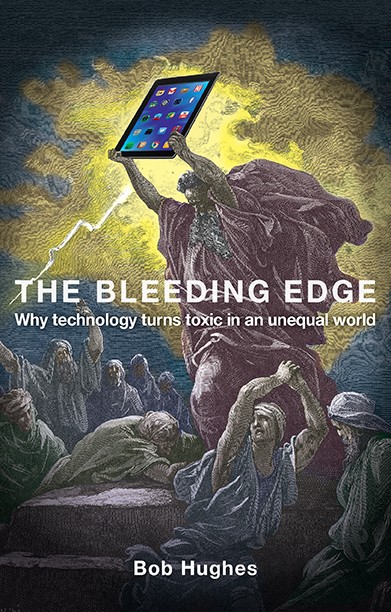

However, you must determine whether or not your innovative, flank-exposing invention is feasible to implement.

You may have a vision of a new technology that exposes a weak flank in an entire industry or against major rivals, whether you’re contemplating starting a new firm or seeking to create a new product in an existing company. Not bleeding edge, but cutting edgeĮxecuting a flank assault often necessitates the development of new technologies. Wendy’s, on the other hand, devoted marketing and operational resources on delivering on their “Hot and Juicy” promise, carving out a niche for customers who wanted fresh, bigger burgers with customizable sauces. It was tough for them to react due to the intricacy of their current infrastructure. McDonald’s had developed a system to rapidly supply low-cost (frozen) burgers. Instead, they went against McDonald’s on the weak side with their “Hot and Juicy” marketing, which focused on providing bigger, fresh (not frozen) beef patties. Wendy’s, for example, did not enter the fast food burger industry by attempting to outperform McDonald’s with low-cost, quick-delivery burgers. A wise commander, like a wise business leader, would concentrate troops against this flank. An successful flanking assault in warfare hits the opponent (or competitor) where they are unable or unwilling to react. The most effective business strategies include introducing a new product, service, or distribution outlet that targets current market rivals on a vulnerable flank, as defined by military strategists. The difference between these terms is very important because it can make or break an organization’s success. A “cutting edge” is a term that is used in technology to describe the newest and most advanced versions of something.

It can’t be both, right? Wrong! Understanding what a company needs to achieve and how they’ll reach those goals will help you decide which side of this line your organization should stand.Ī “bleeding edge” is a term that is used in technology to describe the latest and most advanced version of something. But what happens when a company is at both ends? If you’re trying to decide whether your business should be focused primarily on “leading-edge” or “bleeding-edge,” this article will help you figure out if it makes sense for your needs and how best to keep ahead of competitors who might not share that same approach.A business is either on the leading edge or it’s on the bleeding edge. Companies on the bleeding edge of innovation often struggle to get by without being tossed aside. “Leading edge” products are those which have fewer bugs than the bleeding edge ones–they’re more stable but often lack innovation.Ĭompanies that are leading the way in technology have had to deal with some hurdles during their development, but they can also reap just as many benefits. It implies that the system or product in question has not yet been perfected and still contains many errors, flaws, and other issues. “Bleeding Edge” is a term used to describe cutting-edge technology.


 0 kommentar(er)
0 kommentar(er)
